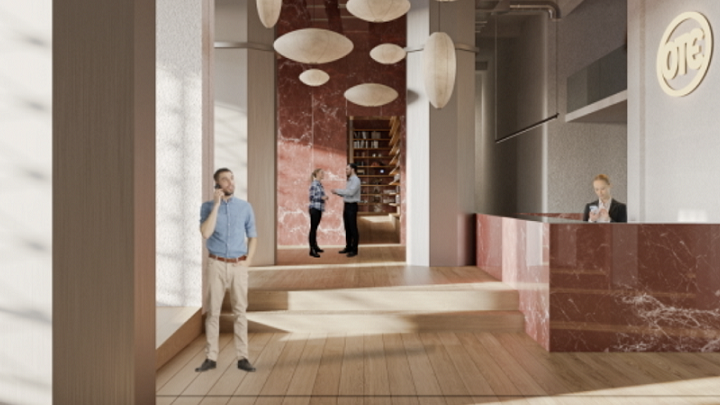The new museum will be open and accessible to everyone either through a physical or digital presence and the entrance, said Mr. Chamaz, will remain free for Greek children and schools, since the aim is not for the Group to obtain income from its operation.
Upon completion, in addition to permanent and temporary exhibition spaces, it will offer a ground floor multi-purpose space, retail, restaurant, cafe and event and training spaces.
Studies have already begun on how it will be shaped, as well as the first reconstruction works, such as stability enhancement. The project management has been undertaken by OTEestate, a subsidiary of the OTE Group, in collaboration with the Group's teams and external partners, however, the Group's management did not want to mention the cost of the investment.
The construction of the YMA (Supreme Palace of Athens) began in 1952 at 85 Patision Street and was completed in 1954, giving the Athens of that time a modern character. It was the first major telecommunications infrastructure project, as it housed the operation of the long-distance connection. Architect of the building, the professor of the School of Architecture of the E.M.P., Kostas Kitsikis.
Soon, the needs of the ever-growing Organization exceeded the capabilities of the building and so in 1961 the construction of NYMA, the tallest building in Athens at the time, with a height of 58.60m, began.
The NYMA was completed in 1966, creating together with the YMA a building complex-point of reference in the city, between Patision and 3rd September streets. For many years, until the creation of the OTE Administrative Building in Marousi in 1988, YMA-NYMA functioned as the administrative center of OTE and the center of the country's telecommunications operation. Today YMA-NYMA has an area of over 40,000 sq.m and consists of 7 buildings, which basically host telecommunication infrastructures, network centers and pay TV services.















